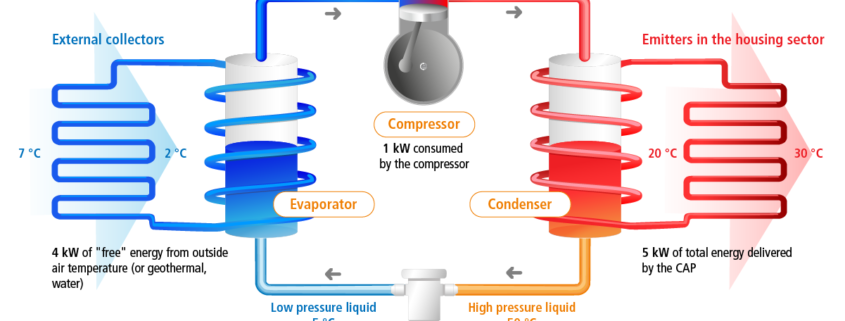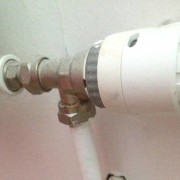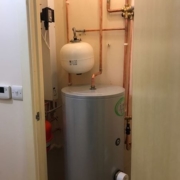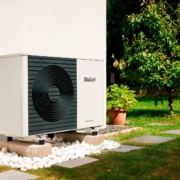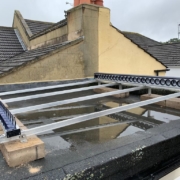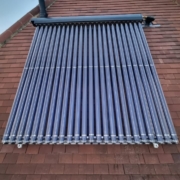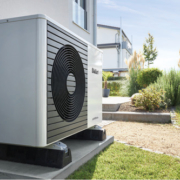How Does An Air Source Heat Pump Work?
An Air Source Heat Pump (ASHP) is a system that absorbs heat from the outside air.
The heat from the Air Source Heat Pump can then be used to provide domestic hot water in your home as well as heat radiators, although it is much better suited to underfloor heating systems.
Outside the building, the evaporator collects ambient heat, which warms the fluid in the circuit. This exists at an extremely low temperature and consists largely of a low-pressure liquid. Under the effect of the heat, the liquid turns to gas. This gas is then compressed rapidly in a compressor, which dramatically raises its temperature.
Inside the building, the hot gas enters a condenser, where it heats water or air. This is then used to heat the property. This process cools the fluid once again, which condenses and returns to its (almost) liquid state. The fluid then passes through an expansion valve, where the sudden pressure drop causes a sharp reduction in temperature. The cycle then starts again!
Air Source Heat Pump Efficiency
Although Air Source Heat Pumps use electricity to power the compressor they can achieve an efficiency of 400% versus a gas boiler which is around 95% efficiency.
This means for every 1kw of electrical energy used you can receive anywhere between 2.5 and 4 times the amount of useful heat energy back in return!
Please contact us for more information or to book a free home consultation.
– Dean Dawe






